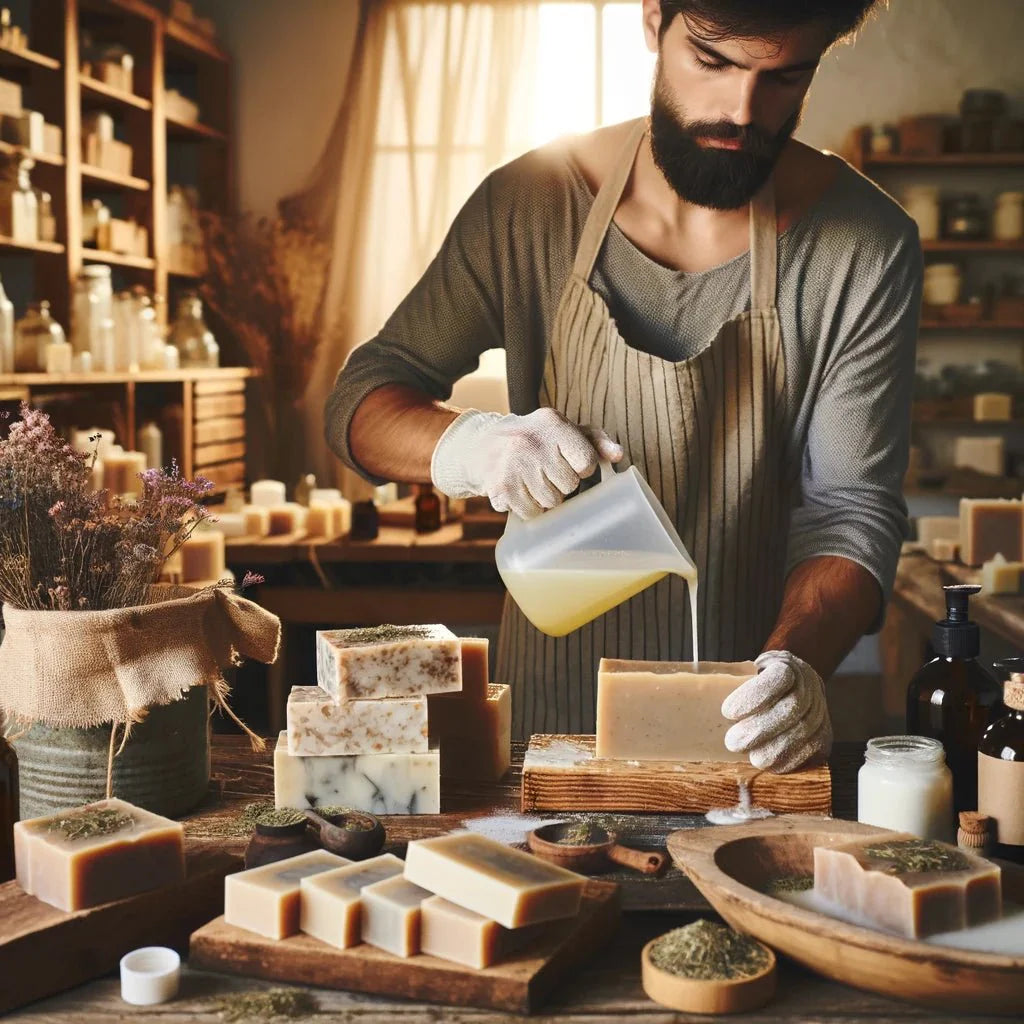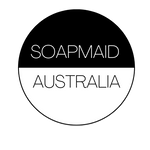
Cold process Soap making recipe (for beginners)
A beginner-friendly cold process soap making recipe:
Ingredients:
400g Olive Oil
200g Coconut Oil
150g Palm Oil
50g Castor Oil
157g Sodium Hydroxide (Lye)
300g Distilled Water
Optional: Essential oils, fragrance oils, or additives (like dried herbs, clays, etc.) for scent and texture
Equipment:
Heat-resistant containers (for oils and lye solution)
Kitchen scale
Safety gear (gloves, goggles, and long sleeves)
Thermometer
Stick blender
Soap mould
Instructions:
Step 1: Safety Precautions
Ensure you're in a well-ventilated area and wearing your safety gear (gloves, goggles, and long sleeves). Keep children and pets away from your soap-making area.
Step 2: Prepare Your Workspace
Set up your workspace by laying out all the equipment and ingredients you'll need.
Step 3: Prepare Lye Solution
Carefully measure the distilled water in one heat-resistant container. In a separate container, weigh out the sodium hydroxide (lye). Slowly add the lye to the water while stirring gently. Be cautious, as this solution will heat up quickly and release fumes. Stir until the lye is completely dissolved. Set the lye solution aside in a safe place to cool (around 100-110°F or 38-43°C).
Step 4: Prepare Oils
In a separate heat-resistant container, measure out the olive oil, coconut oil, palm oil and castor oil. Gently heat the oils to melt them if they are solid. Allow the oils to cool to a similar temperature as the lye solution (100-110°F or 38-43°C).
Step 5: Mix the Oils and Lye Solution
Once both the oils and lye solution are at a similar temperature, pour the oils into a larger mixing container. Slowly add the lye solution to the oils. Use a stick blender to mix everything together until it reaches trace, which is when the soap batter thickens and emulsifies (similar to the consistency of thin custard).
Step 6: Add Fragrance or Additives (Optional)
If desired, add essential oils, fragrance oils, or any other additives to the soap batter. Mix thoroughly to ensure even distribution.
Step 7: Pour into Mold
Pour the soap batter into your chosen soap mold. Tap the mold gently on a flat surface to remove any air bubbles and ensure an even surface.
Step 8: Cure and Unmold
Cover the soap mold with a piece of cardboard or a lid and then wrap it in a towel or blanket to insulate. This helps the soap go through the saponification process. Allow the soap to sit and cure in the mold for 24-48 hours.
Afterward, gently remove the soap from the mold and cut it into bars. Place the bars on a drying rack or tray in a well-ventilated area to cure for 4-6 weeks. This curing time allows the soap to harden and the excess moisture to evaporate, resulting in a milder and longer-lasting bar of soap.
Soap Bar Quality Table:
| Soap Bar Quality | Range | Your Recipe |
| Hardness | 29 - 54 | 38 |
| Cleansing | 12 - 22 | 17 |
| Conditioning | 44 - 69 | 59 |
| Bubbly | 14 - 46 | 23 |
| Creamy | 16 - 48 | 26 |

**Note:** Always follow safety guidelines when working with lye, and be precise with measurements for a successful soap batch. Experiment with different oils, scents, or additives to create your customised cold process soap!
